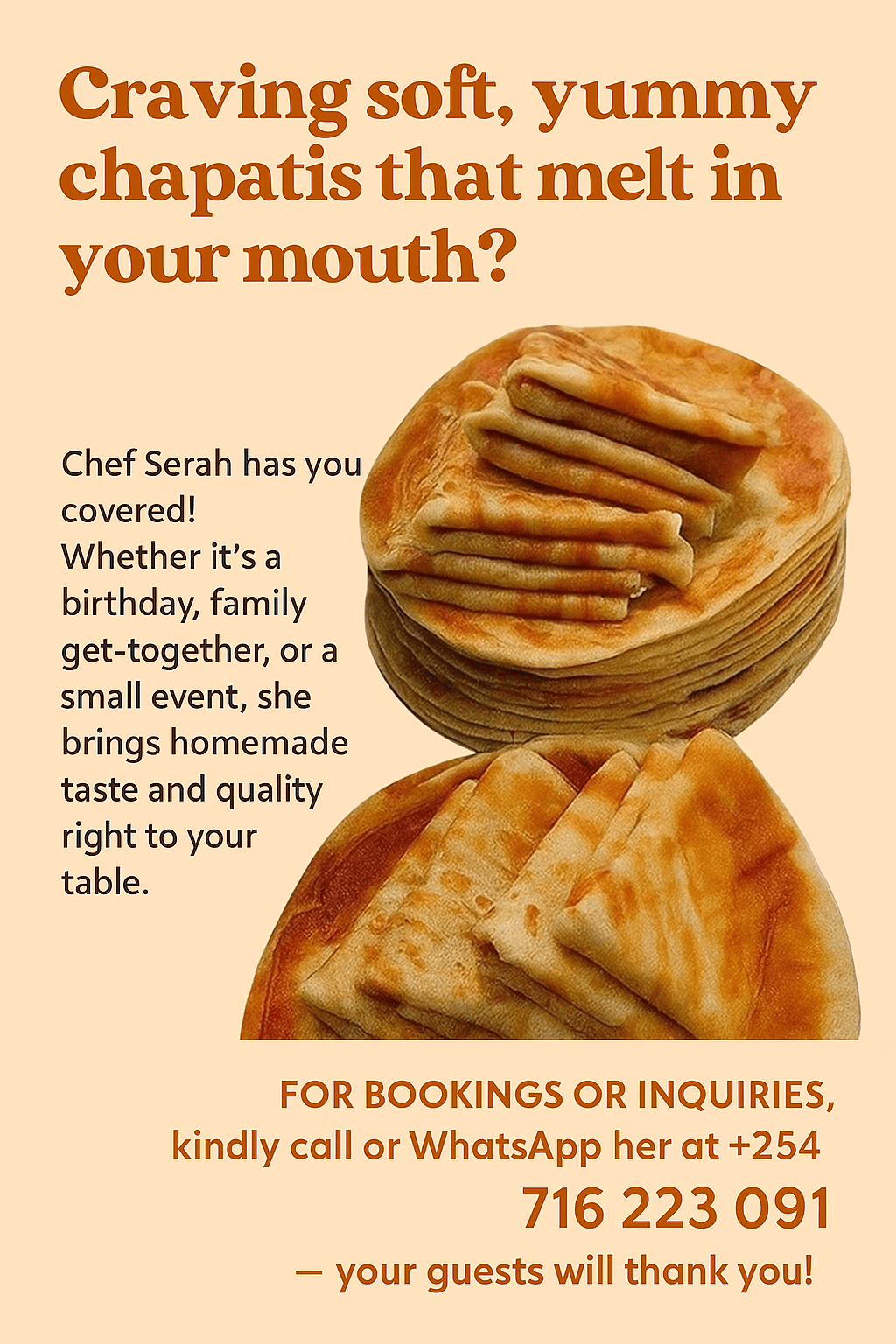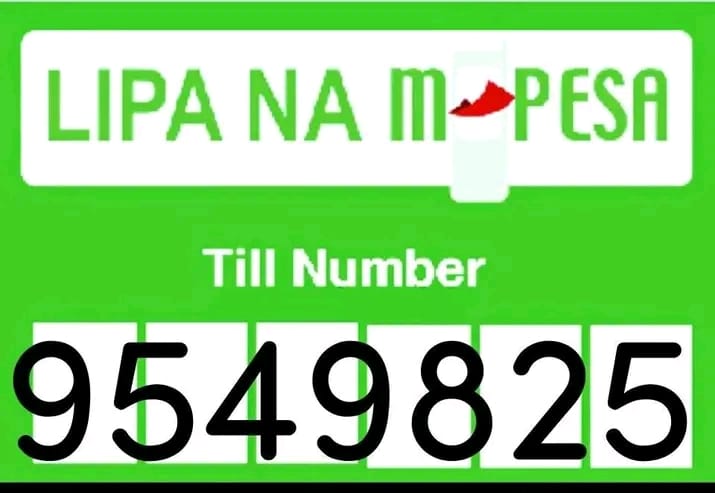
simply amazing, always for you.
The Mau Mau Rebellion wasn’t just a violent uprising; it was a cry from the soul of a colonized people yearning for freedom. In the misty forests of Mount Kenya and the rugged hills of the Aberdares, a generation of Kenyans dared to challenge the mighty British Empire. While the colonial government dismissed it as terrorism, for many Kenyans, the Mau Mau Rebellion was their first true war for freedom—a brutal, misunderstood, yet pivotal chapter in the struggle for independence.

This is the story of blood, betrayal, courage, and resistance. It’s the untold truth of how peasants, veterans, workers, and farmers picked up pangas and home-made guns to defy colonial rule and demand dignity.
Colonial Roots of Oppression
The British Arrival and Land Alienation
The seeds of the Mau Mau rebellion were planted decades before the first shots were fired. When the British colonized Kenya in the early 20th century, they didn’t just bring administration—they brought dispossession. White settlers, known as the “Happy Valley set”, grabbed some of the most fertile land in central Kenya, especially in the Kikuyu-dominated highlands.
Thousands of Kikuyu families were displaced from ancestral lands. Many became squatters or laborers on the very farms they once owned. The alienation of land was more than economic; it was deeply spiritual. Land, to the Kikuyu, was sacred—passed through generations as inheritance from ancestors. Losing it was like being torn from the soul of one’s identity.
Labour Laws and Brutality
Colonial policies enforced by the British government ensured that Africans remained second-class citizens. Harsh taxation policies like the hut tax and poll tax forced Africans into wage labor, often under brutal conditions. Africans were barred from growing cash crops like coffee or tea, restricting economic freedom.
In cities like Nairobi, Africans were segregated into poor neighborhoods and required to carry kipande (an identity pass) at all times. This pass restricted movement and subjected African men to arbitrary arrests. The colonial police enforced these rules with cruelty.
Cultural Disruption
Colonial rule didn’t just rob land—it eroded indigenous institutions. Traditional leadership structures were replaced with loyalists to the Crown. Missionary schools discouraged indigenous languages and customs. The colonial system tried to produce obedient subjects, not empowered citizens.
The simmering anger among the Kikuyu, Embu, Meru, and Kamba people—who bore the brunt of land theft and economic marginalization—eventually found its voice in the Mau Mau movement.
The Rise of the Mau Mau Movement
A Covert Movement with Grassroots Origins
By the 1940s, underground networks began forming. Ex-soldiers returning from World War II were particularly disillusioned. They had fought for the British but returned home to find themselves still under white rule, landless, and jobless.

Out of this disillusionment, a secretive resistance began to emerge. The term Mau Mau—whose origin is still debated—was never used by the fighters themselves. It was popularized by the colonial government and media. For the rebels, they were members of the Kenya Land and Freedom Army (KLFA).
Oathing Ceremonies and Allegiance
Central to the Mau Mau was the oath. Taking the Mau Mau oath symbolized total commitment to the liberation struggle. The ceremonies, often conducted in secret and laden with spiritual meaning, were meant to build loyalty and create unity. While the British saw oathing as barbaric and superstitious, for many Kenyans it was a sacred pledge to reclaim dignity and freedom.
The Uprising Begins
First Sparks: 1952
By 1952, the British colonial administration could no longer ignore the escalating tension. Assassinations of loyalist chiefs and attacks on settler farms marked the beginning of open rebellion.
On October 20, 1952, Chief Waruhiu, a loyalist to the colonial government, was assassinated. This event triggered a declaration of a State of Emergency by Governor Evelyn Baring. It marked the official beginning of the Mau Mau Uprising.
Arrest of Jomo Kenyatta and the Kapenguria Six
Soon after the emergency was declared, key nationalist leaders—Jomo Kenyatta, Paul Ngei, Achieng Oneko, Bildad Kaggia, Fred Kubai, and Kung’u Karumba—were arrested and later convicted in the infamous Kapenguria Trials.
Kenyatta denied being part of the Mau Mau, but the colonial government used him as a scapegoat to justify harsh crackdowns. His arrest only further radicalized the movement.
Life in the Forest
Guerrilla Warfare and Survival
The Mau Mau fighters retreated to forests—especially the Aberdares and Mount Kenya regions. These dense forests became their sanctuary, training ground, and battlefield.
The fighters, often poorly armed, relied on guerrilla tactics—ambushes, sabotage, and targeted assassinations. Supplies were smuggled from sympathetic villagers. Women, though often overlooked in historical accounts, played a vital role as messengers, cooks, and nurses.
Notable leaders included Field Marshal Dedan Kimathi, a charismatic and fearless commander whose name became synonymous with the Mau Mau struggle.
The Role of Women
Women like Field Marshal Muthoni Kirima and Wambui Otieno defied gender norms and actively participated in combat and logistics. In villages, women risked their lives by hiding fighters and feeding them. Some were brutally punished by the colonial Home Guards for their support.
The Brutality of the British Response
Detention Camps and Torture
In response to the uprising, the British government unleashed a campaign of mass arrests and torture. Over 1.5 million Kikuyu were forcibly moved into “villages”—essentially detention camps with barbed wire and guards.
Hundreds of thousands of suspected Mau Mau sympathizers were tortured using beatings, rape, castration, and electric shocks. The infamous Hola Camp massacre in 1959, where 11 detainees were beaten to death by guards, remains a chilling reminder of the colonial regime’s cruelty.
Collective Punishment and Executions
Entire villages were razed. Food supplies were destroyed. Harsh curfews and collective punishments were imposed. By the end of the rebellion, over 90,000 people were detained, and thousands had been executed without trial.
Despite this, the Mau Mau fighters remained resilient. Their resistance—though ultimately militarily suppressed—shattered the illusion of peaceful colonial rule.
The Mau Mau Legacy and Independence
The War Ends, But the Spirit Lives
By 1956, with the capture and execution of Dedan Kimathi, the organized military wing of the Mau Mau began to collapse. But the rebellion had already transformed the political landscape.
The brutality exposed the hypocrisy of the British Empire—championing democracy abroad while running a police state in Kenya. International pressure mounted. Britain was now forced to consider constitutional reforms and eventual decolonization.
Independence in 1963
Kenya gained independence on December 12, 1963. Jomo Kenyatta became the country’s first Prime Minister, and later President. Yet, ironically, many Mau Mau veterans were sidelined in the new government. Some were denied pensions, land, or recognition.
For decades, the Mau Mau remained a taboo topic in official Kenyan history. Veterans lived in poverty, while collaborators and loyalists often thrived.
Recognition and Reconciliation
Mau Mau Declared a Freedom Movement
It wasn’t until 2003, under President Mwai Kibaki, that the Mau Mau was officially recognized as a legitimate freedom movement.
In 2013, after years of legal battle in the UK High Court, the British government agreed to compensate 5,228 Mau Mau victims with £19.9 million and publicly acknowledged the torture and abuse committed during the Emergency.
A memorial statue of Dedan Kimathi was erected in Nairobi, symbolizing long-overdue recognition.
Contested Narratives
Was Mau Mau Tribal or National?
Some critics argue the Mau Mau was a Kikuyu tribal rebellion, not a national struggle. While it’s true that Kikuyu made up the majority of the fighters, the rebellion included Embu, Meru, Kamba, and even a few Luo and Luhya sympathizers.
The focus on land—central to Kikuyu identity—gave the Mau Mau a regional base, but the message of freedom and justice was undeniably national.
Heroes and Villains
History is never black and white. Some Mau Mau fighters committed atrocities—killing women, children, and fellow Africans labeled as traitors. Yet, to judge them without considering the systemic violence they faced is to misunderstand the desperation of colonized people.
The Mau Mau may not have won on the battlefield, but they won in the court of history. They showed that empire could bleed—and fall.
Why Mau Mau Still Matters
The Mau Mau rebellion remains a foundational chapter in Kenya’s national consciousness. It was not just about land—it was about dignity, identity, and freedom. It challenged colonial power not only with machetes but with courage and defiance.
Today, as Kenya grapples with land issues, inequality, and historical memory, the legacy of the Mau Mau still echoes. To understand Kenya’s past and envision a just future, we must confront the truth of its first war for freedom—raw, complex, and unbreakable.
SUGGESTED READS
- The Rise, Evolution, and Impact of the Sungusungu Vigilantes in Kisii, Kenya
- Mungiki: The Rise, Fall, and Shadows of Kenya’s Most Feared Underground Movement
- The Coffin Thief of Nairobi: The True Story of John Kibera
- How Foday Sankoh Led Sierra Leone into Chaos: The Ruthless Rise of a Rebel
- The Blood Oath: Rise of the Bakassi Boys

Support Our Website!
We appreciate your visit and hope you find our content valuable. If you’d like to support us further, please consider contributing through the TILL NUMBER: 9549825. Your support helps us keep delivering great content!
If you’d like to support Nabado from outside Kenya, we invite you to send your contributions through trusted third-party services such as Remitly, SendWave, or WorldRemit. These platforms are reliable and convenient for international money transfers.
Please use the following details when sending your support:
Phone Number: +254701838999
Recipient Name: Peterson Getuma Okemwa
We sincerely appreciate your generosity and support. Thank you for being part of this journey!
